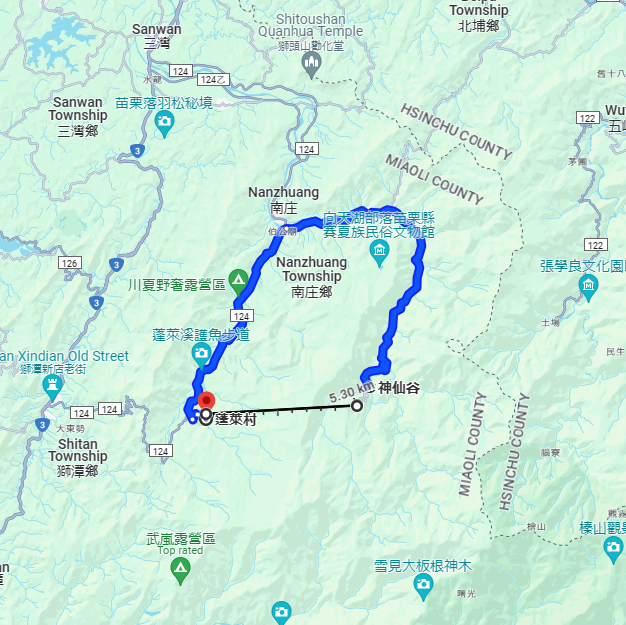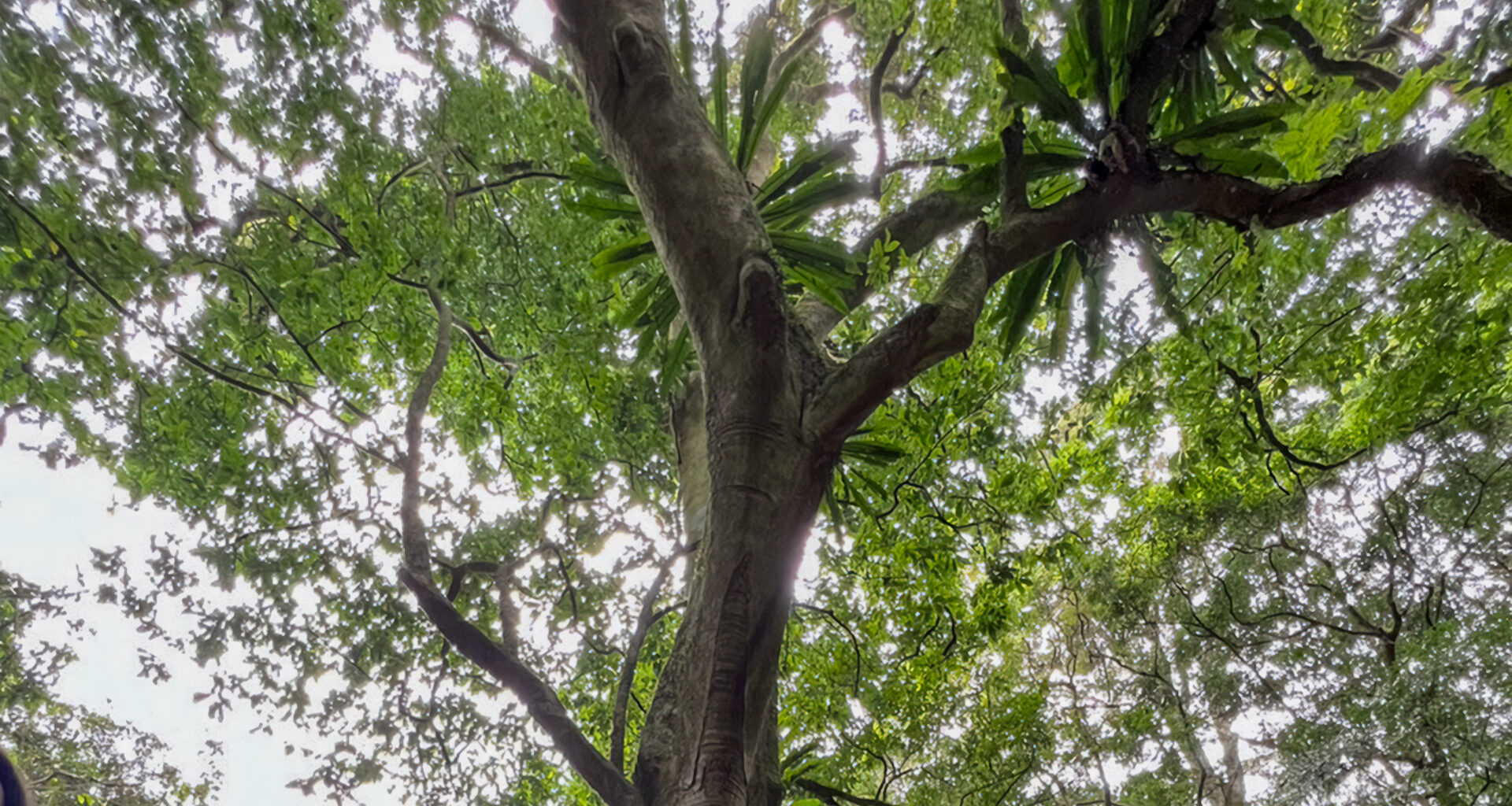One of the biggest surprises for me visiting Taiwan was the extensive and ancient forests and mountains that cover around 60% of the island, with another 24% used as farmland. The island state of Taiwan is relatively small: covering 36,197 sq km it’s about 50% bigger than Sicily (25,711 sq km). Running down the eastern two-thirds of Taiwan are five mountain ranges containing Taiwan’s ancient forests, formed over 5 million years ago.
When I’m standing in these mountains and see vast boulders jutting out of the forest, seemingly held in place by the massive vines that wrap near them, I’m looking at stones that were thrust up and outward millions of years ago when the mountains were created by the crashing of two tectonic plates: with the Eurasian Plate pushing the Philippine Sea Plate upward to form Taiwan.
Taiwan is still technically a volcanic island: although there are no regular eruptions or active volcanoes there is still much geothermal activity. There’s even evidence of a magma chamber or “reservoir” beneath the Taipei, the capital city of Taiwan. There have been major earthquakes in recent history, but not with the frequency that nearby Japan experiences.
This volcanic activity in Taiwan also helped to create a remarkably diverse soil composition – depending on where you are in the island – and this in turn allows for a vast range of plants to grow and flourish. There are over 50 different snakes in Taiwan, and a few venomous ones (the newspaper Taipei Times posted a warning about snakes in Miaoli County a few years ago), as well as leopard cats, Formosan bears, wild boar, Formosan rock macaque (monkeys), and many other animals.
Guided by Taiwan Government’s Hsinchu Branch Forestry and Nature Conservation Agency as part of a project to re-establish the near-extinct Nanzhuang Citrus Taiwanica (one of the first sour oranges in the world) back to their mountain origin in Taiwan’s ancient forests, we travelled right near the border of Miaoli and Hsinchu Counties, to Nanzhuang Township.

The terrain is extremely steep and only accessible part of the way by vehicle (we were travelling in an immensely powerful vehicle that could both handle the curves in the road as well as haul us up the steep incline with speed.
The whole mountain area is an extremely popular holiday hiking destination for tourists as the ancient forests, and (in the wet season) waterfalls and rivers look wild and mostly untouched: though there are very smart developed areas around with modern paths and seating.

There is accommodation near the start of the forest where the first re-forested Nanzhuang Citrus Taiwanica that I planted is growing. For example Booking.com shows about 34 accommodation venues in the area, but two that are remarkably close are the 南庄蔓森活 Olive-Tree Village on Booking.co; and Nan Juang Man Son Living on Booking.com.
There are also lots of campsites and glamping places available. What you’ll see are these sophisticated roads, car parks, and accommodation right up against undisturbed protected wilderness.

Though you can drive close to the highest point of the mountain, at 1250 meters, where there is the Jialishan Trailhead Forest Camping Area and Nanzhuang B&B Yiye Lan Farm to get to the Mt. Jiali Trail that puts you right on top of the mountain ridge, it also appears possible to hike directly up about 5.3 km, and rising 350 meters in altitude, to it from the forest shrine where the Nanzhuang Citrus Taiwanica is being replanted.

